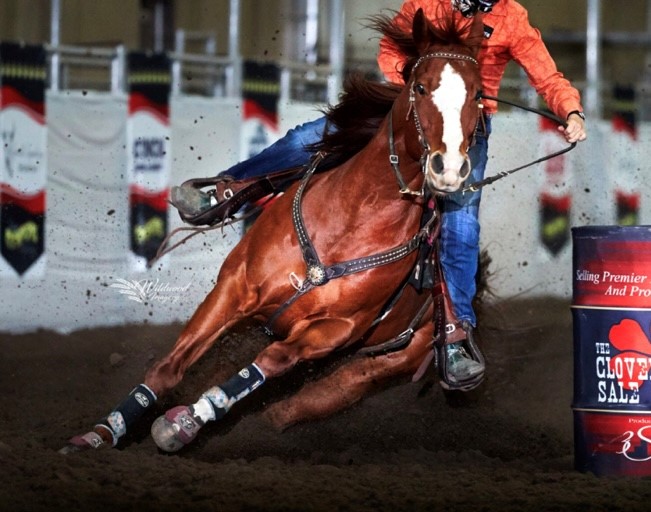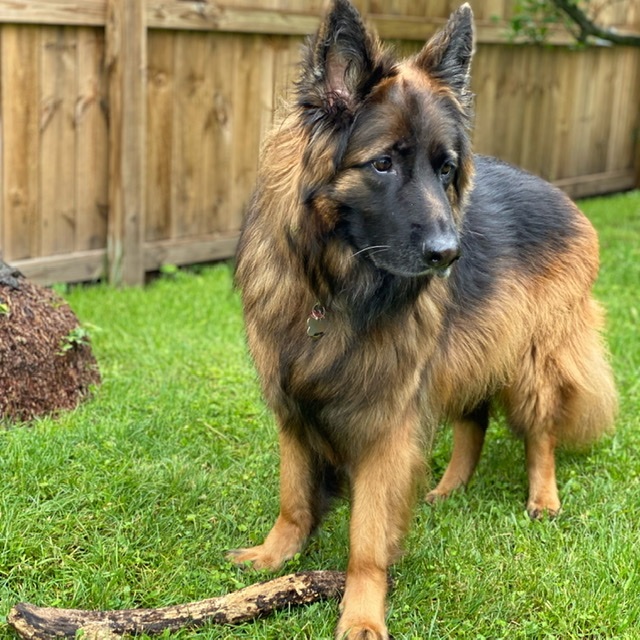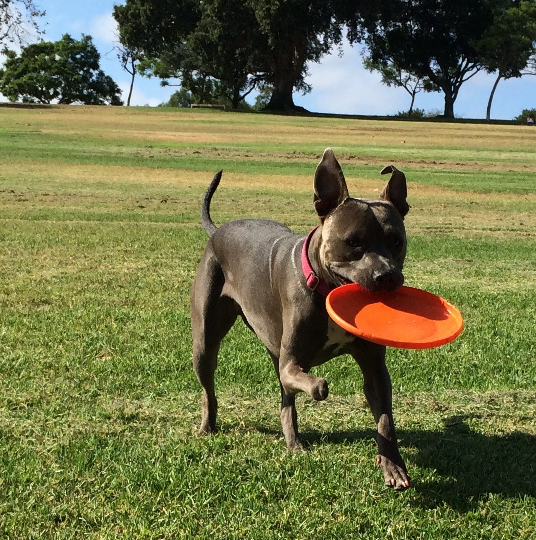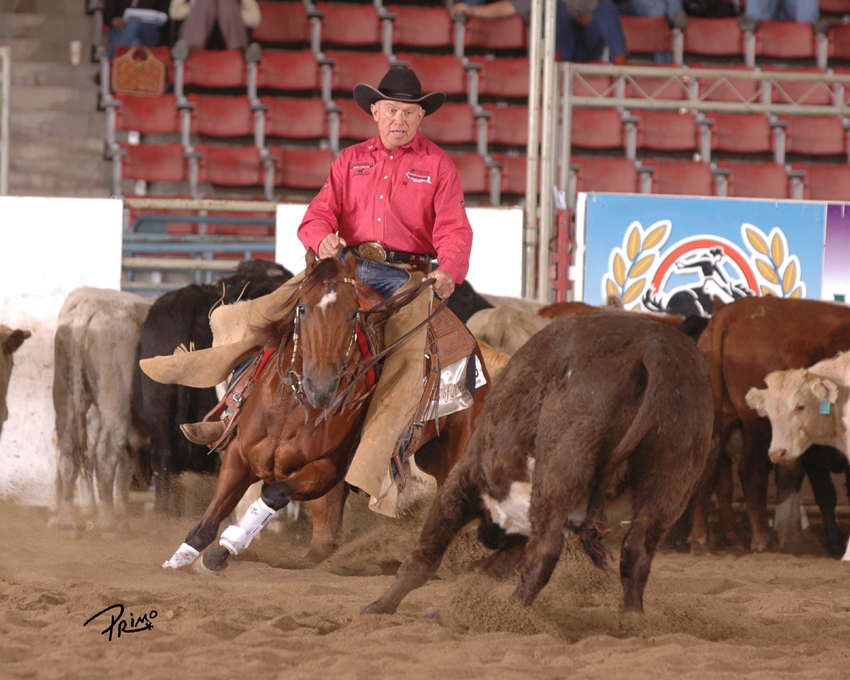VetStem Cell Therapy for Horse with Tendon Injuries
Though we spend a lot of time in this blog focusing on stem cells for dogs, VetStem Cell Therapy has helped a significant number of horses as well. Numerous athletic horses that suffered potentially career-ending injuries were able to get back into competition with the help of stem cells. Similarly, non-competitive horses have also benefited from VetStem Cell Therapy, which allowed them to live better quality lives with less pain.
One example is a Quarter Horse named SR Famousinparadise or Elvis for short. Elvis suffered severe injuries to both front deep digital flexor tendons (DDFT). The DDFT functions to stabilize the joints of the lower leg when the limb is weight bearing and allows flexion of the digit. Unfortunately, injuries to the DDFT are common in athletic horses. These injuries are serious and can significantly affect a horse’s soundness and athletic ability. Injury to the DDFT typically requires a lengthy rehabilitation process regardless of the treatment method.

In Elvis’ case, his veterinarian, Dr. Fabio Aristizabal of Cave Creek Equine Sports Medicine and Surgery, recommended treatment with VetStem Cell Therapy. Typically, the fat for stem cell therapy comes from the tailhead of the horse. It’s a minimally invasive procedure that can be done with limited to no scarring. After the fat was processed at the VetStem cell processing laboratory, several doses of Elvis’ own stem cells were prepared and shipped to his veterinarian for injection into his injured tendons and surrounding areas.
VetStem Cell Therapy utilizes the patient’s natural healing cells to treat degenerative diseases such as osteoarthritis as well as traumatic injuries such as torn ligaments and injured tendons. Stem cells are regenerative cells that can differentiate into many tissue types. They have been shown to reduce pain and inflammation, help to restore range of motion, and stimulate regeneration of tendon, ligament, and joint tissues. Additionally, stem cells can reduce the formation of scar tissue, and lead to cleaner, more complete healing of torn tendons and ligaments.
After his treatment, Elvis began a strict rehab protocol including stall rest, hand walking, and new shoes every six weeks. At about 1/3 of the way through his recovery, Elvis had an ultrasound to evaluate his injuries which showed significant healing. According to his owner, Elvis continued his rehab program and has appeared happy since the treatment.
If you think your horse may benefit from VetStem Cell Therapy, speak to your veterinarian or contact us to receive a list of VetStem providers near you.








